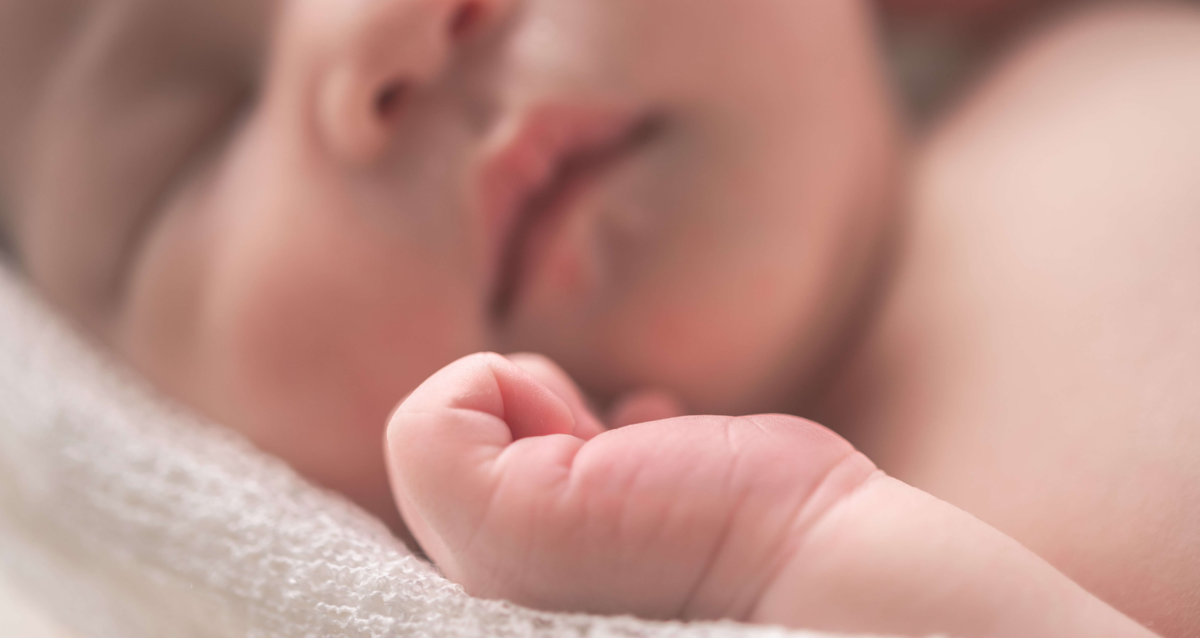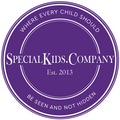
Early signs of Cerebral Palsy
What is Cerebral Palsy?
The NHS defines Cerebral Palsy as ‘the name for a group of lifelong conditions that affect movement and coordination. It’s caused by a problem with the brain that develops before, during or soon after birth.’ The symptoms of Cerebral Palsy vary widely and can impact children differently. Some children may have little signs of the condition, whereas some might be significantly disabled by it.
If your child has the condition, it might not be immediately obvious to you or others when they are first born but it is usually noticeable during the first couple of years of their life. Cerebral Palsy is caused by the brain being damaged or not developing normally. Although the exact reason is not always known, Cerebral Palsy can be caused in the womb by a problem that affects the development of a baby’s brain, or during and after birth by issues such as asphyxiation (lack of oxygen) during birth or a stroke. Children who are premature, have a low birth rate or who are part of multiple pregnancy are also a greater risk.

Signs of Cerebral Palsy include:
- Developmental delays reaching milestones – for example, a delay in sitting, crawling and walking.
- Weak arms and legs
- Muscle tone appearing to be too stiff or too floppy
- Random, uncontrolled movements
- Clumsy, jerky and fidgety movements
- Walking on tiptoes
- Swallowing difficulties
- Learning difficulties
- Speech and language delay
- Visual impairment
There are 4 main types of Cerebral Palsy
Effects of the 4 main types of Cerebral Palsy:
- Spastic Cerebral Palsy – this type is where your child has stiff and tight muscles, which makes it difficult for them to move their limbs.
- Dyskinetic Cerebral Palsy – this type is where your child’s muscles switch between being stiff and being floppy, which causes uncontrolled spasms and movements of their body.
- Ataxic Cerebral Palsy – this type means that your child will have balance and coordination difficulties, which can make them clumsy and shaky.
- Mixed Cerebral Palsy – this is when your child has more than one type of the condition.
You may also come across terms such as:
- hemiplegia (1 side of the body affected)
- diplegia (2 limbs affected)
- monoplegia (1 limb affected)
- quadriplegia (4 limbs affected)
If you suspect that your child has the condition it is important to speak to your Health Visitor and GP so that they can check for symptoms, arrange tests, and investigate a diagnosis. Although there is no cure, there are lots of things that can help to improve your child’s quality of life, such as various therapies (occupational, speech and physical), specialist equipment and various treatments.

